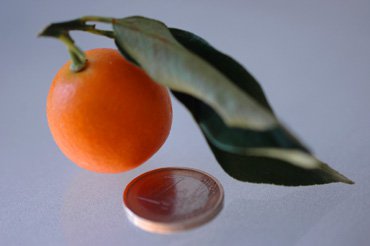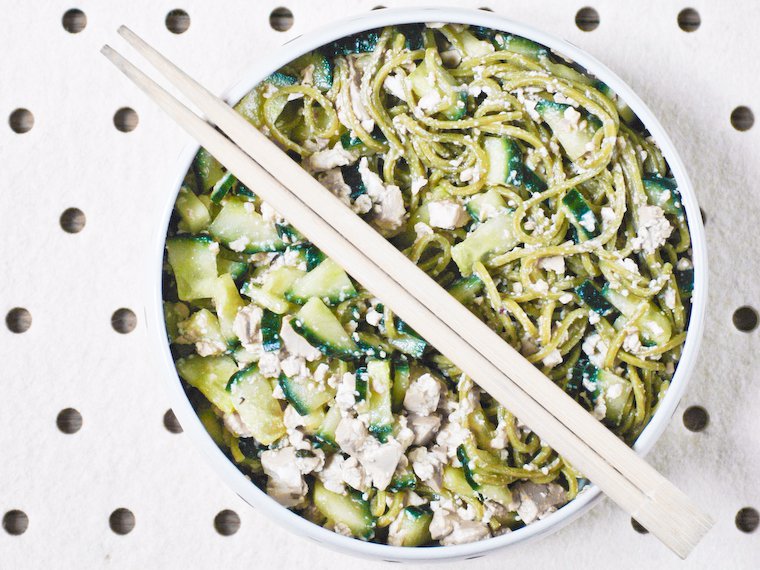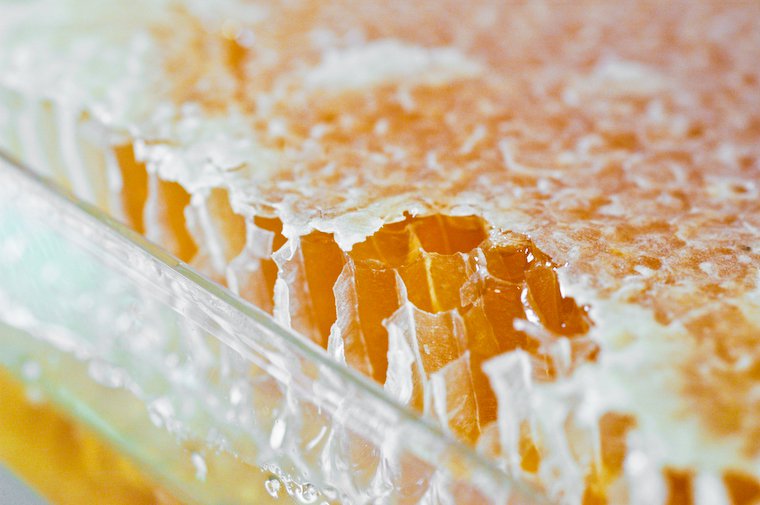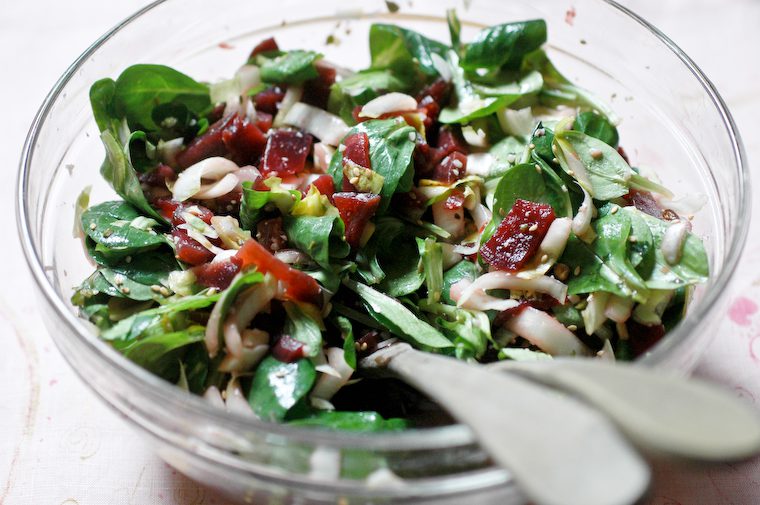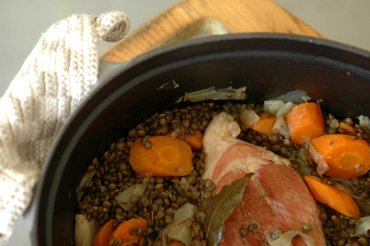
[Petit Salé aux Lentilles]
If you had told twelve-year-old me that a Sunday morning, fifteen years later, would find me cooking this dish, I would have laughed so hard I might have choked on my petit suisse.
Petit salé aux lentilles is a splendid specialty from Auvergne in which cured pork is slowly cooked and served with lentils. The “splendid” part was hard for us kids to grasp when presented with the school cafeteria‘s take on it: sickly purple straps of oversalted leather sitting on a muddy brown mush. The sight and smell were disheartening enough that, on petit salé days, we largely subsisted on bread.
But now that I am older and wiser, now that I have a kitchen to call my own, now that I’ve been introduced to green lentils from the Puy and the Berry (the upper crust of the lentil society, delicately flavored and not a bit mealy), and now that I have access to a good organic butcher, my heart and stomach feel differently.
This epiphany wasn’t planned: I was simply waiting in line at the butcher’s market stand when I noticed an unfamiliar cut of meat in a dish at the far end of the counter (always be on the lookout for what the butcher keeps on the side). I couldn’t read what was scribbled on the label, so when my turn came, I pointed and asked hesitantly, “What does this say… magret de porc?” This, apparently, is very funny*; try it on your butcher sometime. No, what the label said was jarret de porc (pork shank) and he was out of it anyway, but what he did have was palette demi-sel**. “Great for choucroute or petit salé,” he said.
I had just bought carrots and shallots and I knew there was a package of lentils in my pantry somewhere, so petit salé was a done deal, and after getting a tip or two from my grandmother and assorted websites, up it went on the menu for Sunday lunch.
Fork-tender meat, softened vegetables, and pop-in-your-mouth lentils: this is a rustic and invigorating dish, of which you don’t need extraordinary quantities to feel the warm glow of satisfaction, and which constitutes the ideal dietary intake if you plan on going for a run and locking yourself out later in the afternoon.
* Magret is the breast of a fatted duck or goose. Since porks don’t fly (except for these piglets from Les Aldudes), there is no such cut on a pork.
** Palette is the cut of meat that’s wrapped around the shoulder blade of the pork. Demi-sel means it’s cured in salt: it should be soaked before use to remove most of the saltiness, and there is no need to add salt to the dish you use it in.
Continue reading »
